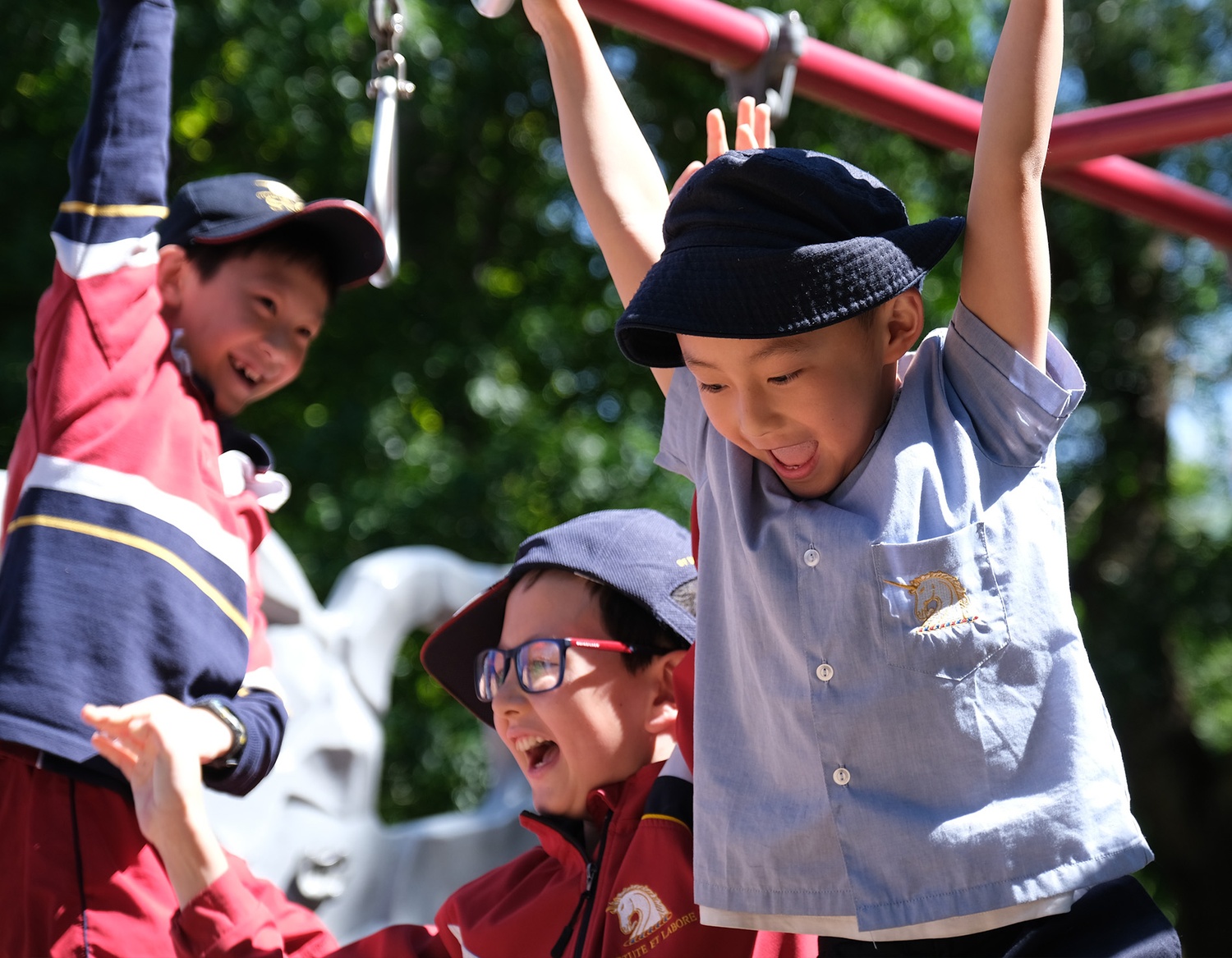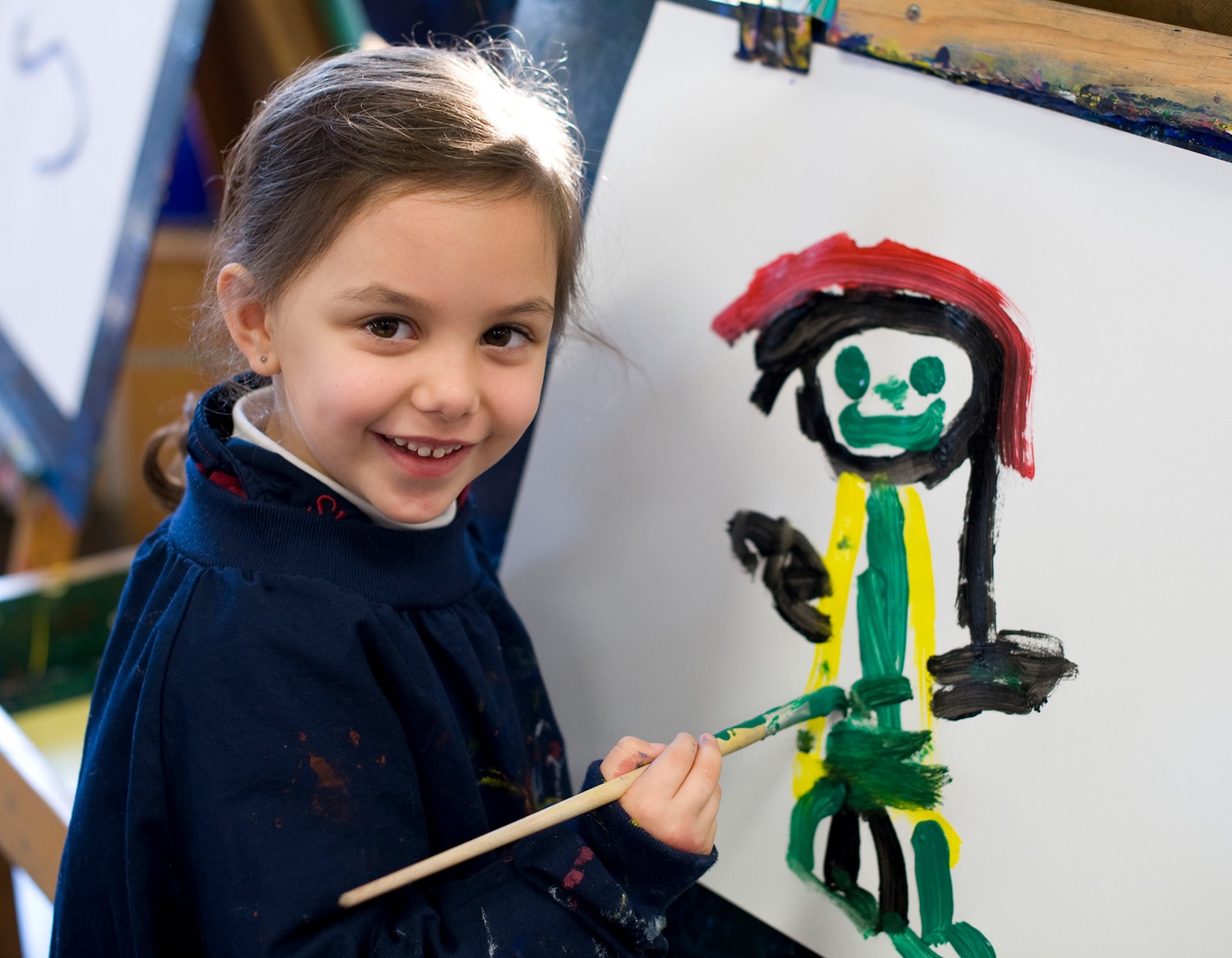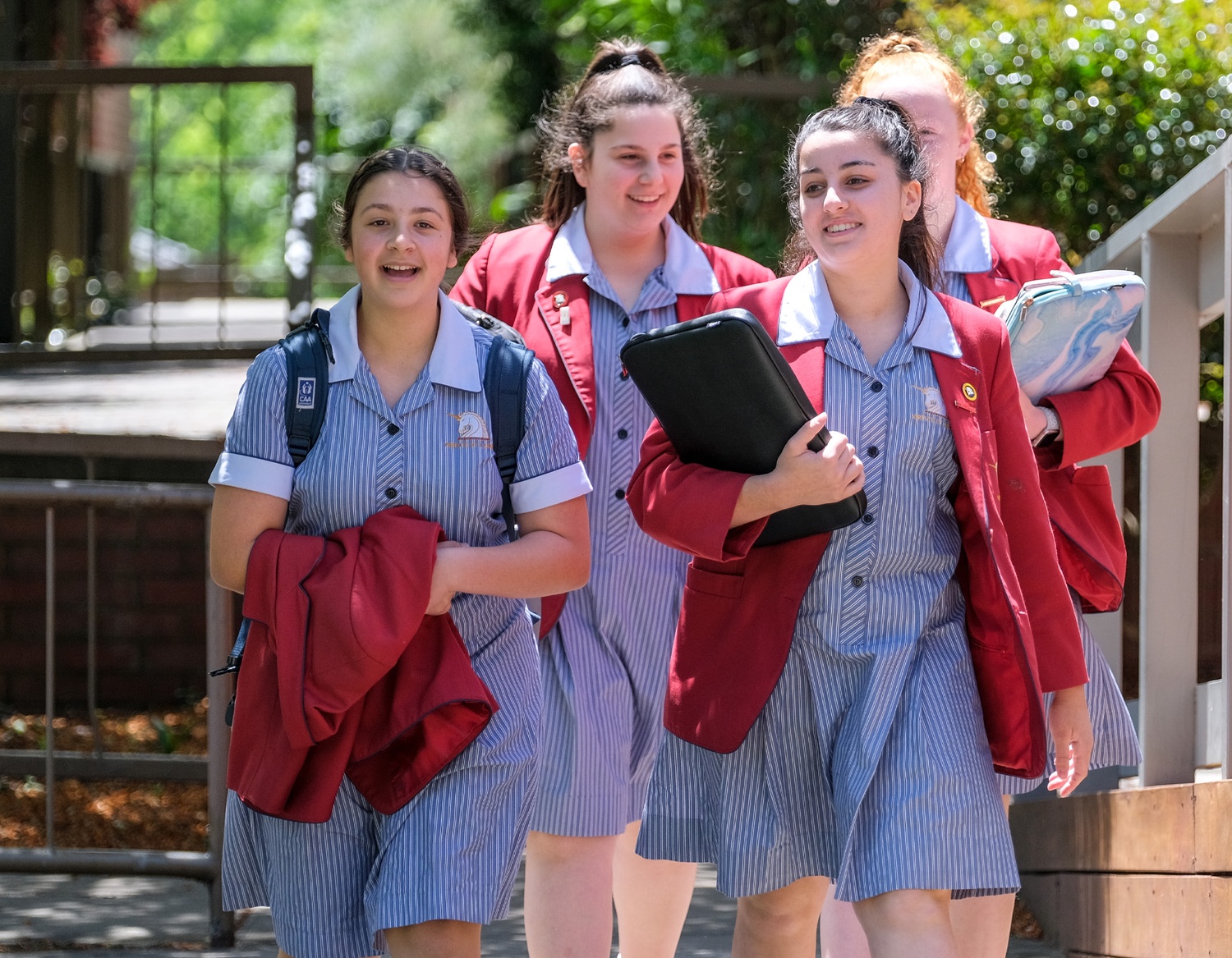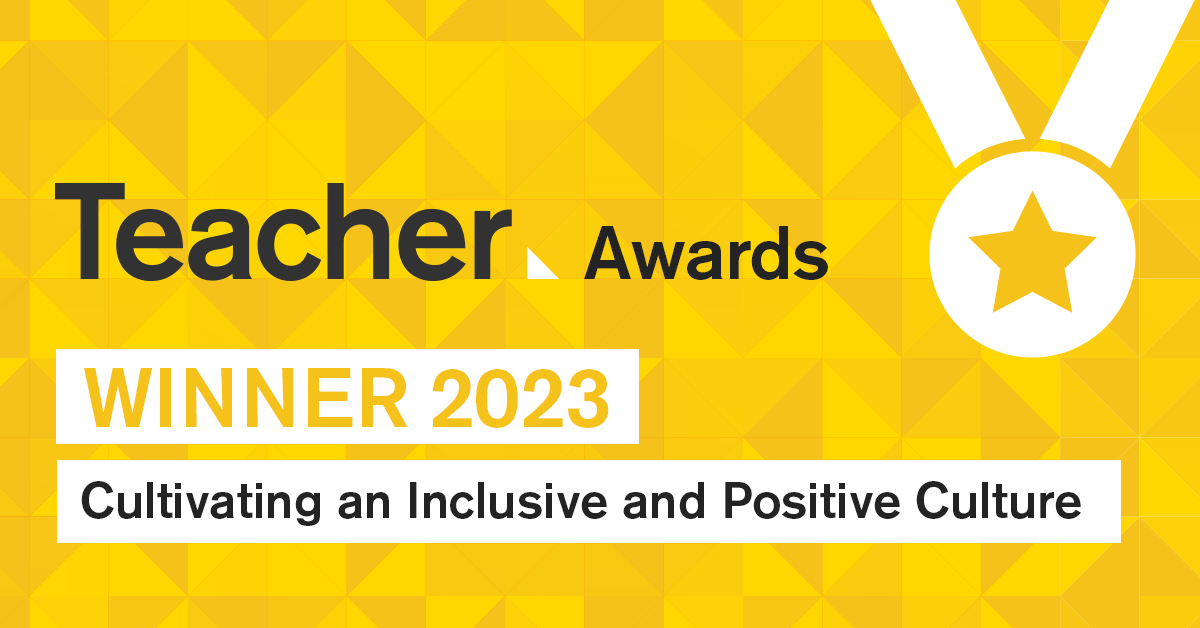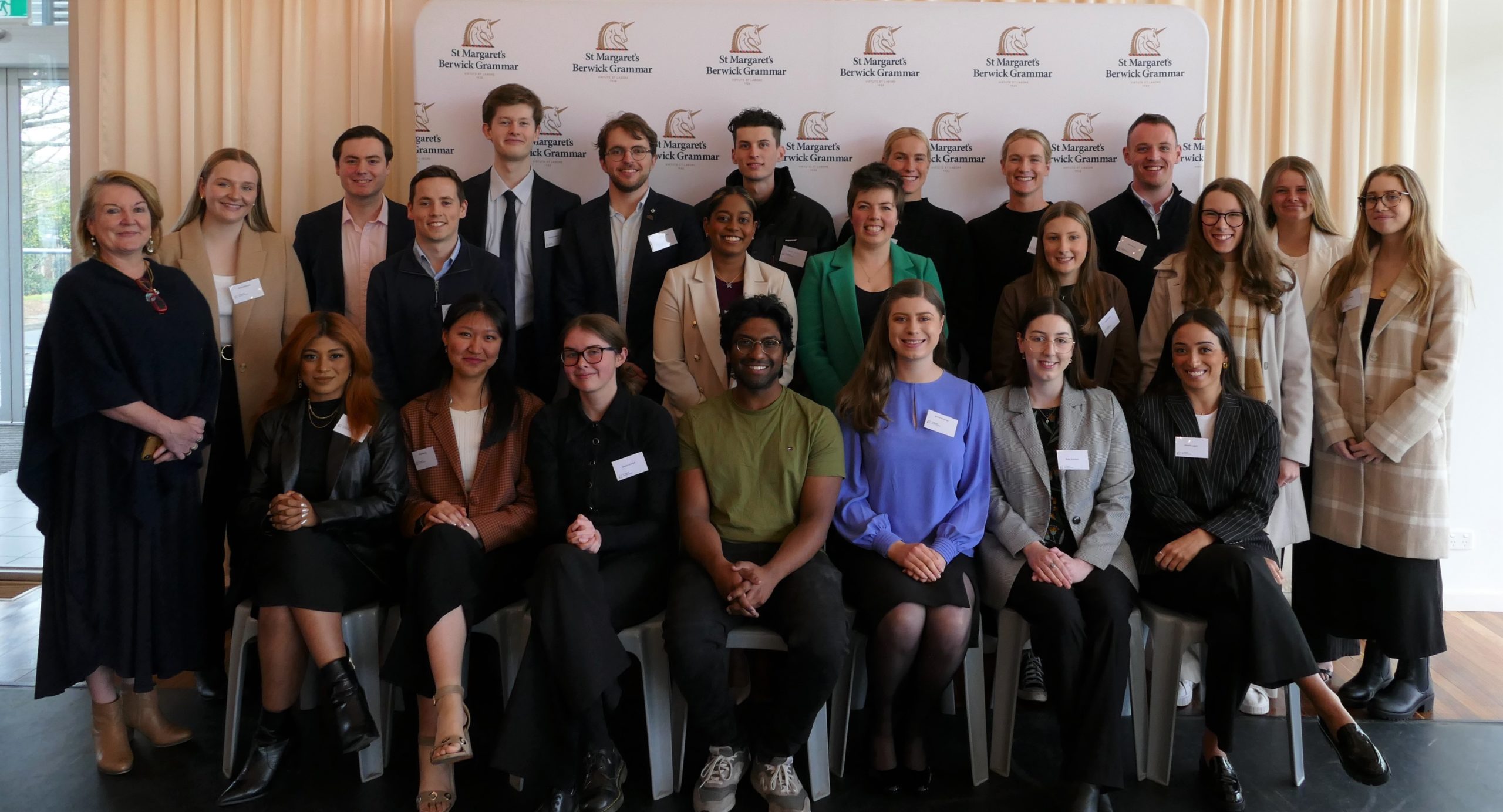
Critical Thinking
Critical Thinking is one of the secondary school’s Learning Behaviours, a set of characteristics demonstrated by people that will support them in their learning and allow them to become better learners.
We define critical thinking as clear, rational, logical, and independent thinking. It’s about improving modes of thought by analysing, assessing, and reconstructing how we think. Critical thinking involves mindful communication, problem-solving, and a freedom from bias or ego. It’s also about thinking in a self-regulated and self-corrective manner.
However, critical thinking isn’t easy to do, and the assumption is often that it’s much harder to teach as a result. After all, how do you teach someone to think? In 2006, Mark D. Halx and L. Earle Reybold wrote an article called “A Pedagogy of Force.” In it they made an observation which is just as relevant as it was over a decade ago. They claimed that even though learning requires effort, critical thinking requires our full expenditure of intellectual capability. Their research also found that students and teachers both struggle emotionally with the aspect of personal reflection it requires.
From the Pearson article The Importance of Teaching Critical Thinking to Students :
‘Critical thinking is the foundation of strategic thinking, creative thinking, good judgement and good decision making. Good critical thinking results in the ability to draw the right conclusions more often. The good news is that there is substantial evidence showing that critical thinking can be improved with training. Research also suggested that improving critical thinking ability has a knock-on effect in improving problem-solving ability, openness, creativity, organisation, planning and making the right choices in life.’
Parents can help develop and support their child’s Critical Thinking capacities by:
- Providing opportunities for play – Testing how things work informally is crucial to developing critical thinking. It is during play that children explore cause and effect.
- Pause and wait – Offering your child ample time to think, attempt a task, or generate a response is critical, but not necessarily easy to do.
- Don’t intervene immediately – As challenging as it may be, avoid completing or doing a task for your child. For younger children, patiently readjusting and maneuvering to grasp a toy on their own encourages continued problem solving and develops executive functioning skills. For older children, ask critical thinking questions and provide enough information so they don’t get frustrated, but not so much that you solve the problem for them.
- Asking open-ended questions – Rather than automatically giving answers to the questions your child raises, help him think critically by asking questions in return: “What ideas do you have? What do you think is happening here?”
- Helping children develop hypotheses – Try asking your child, “If we do this, what do you think will happen?”
- Encouraging critical thinking in new and different ways – Ask questions like, “What other ideas could we try?” or encourage your child to generate options by saying, “Let’s think of all the possible solutions.”
Ms Linda Shardlow
Director of the Centre for Excellence in Learning and Teaching
Further Information is available at:
https://www.brighthorizons.com/family-resources/developing-critical-thinking-skills-in-children
